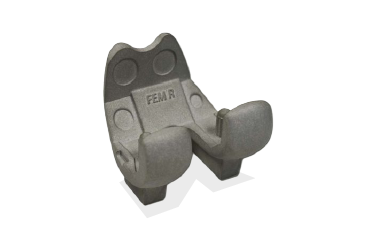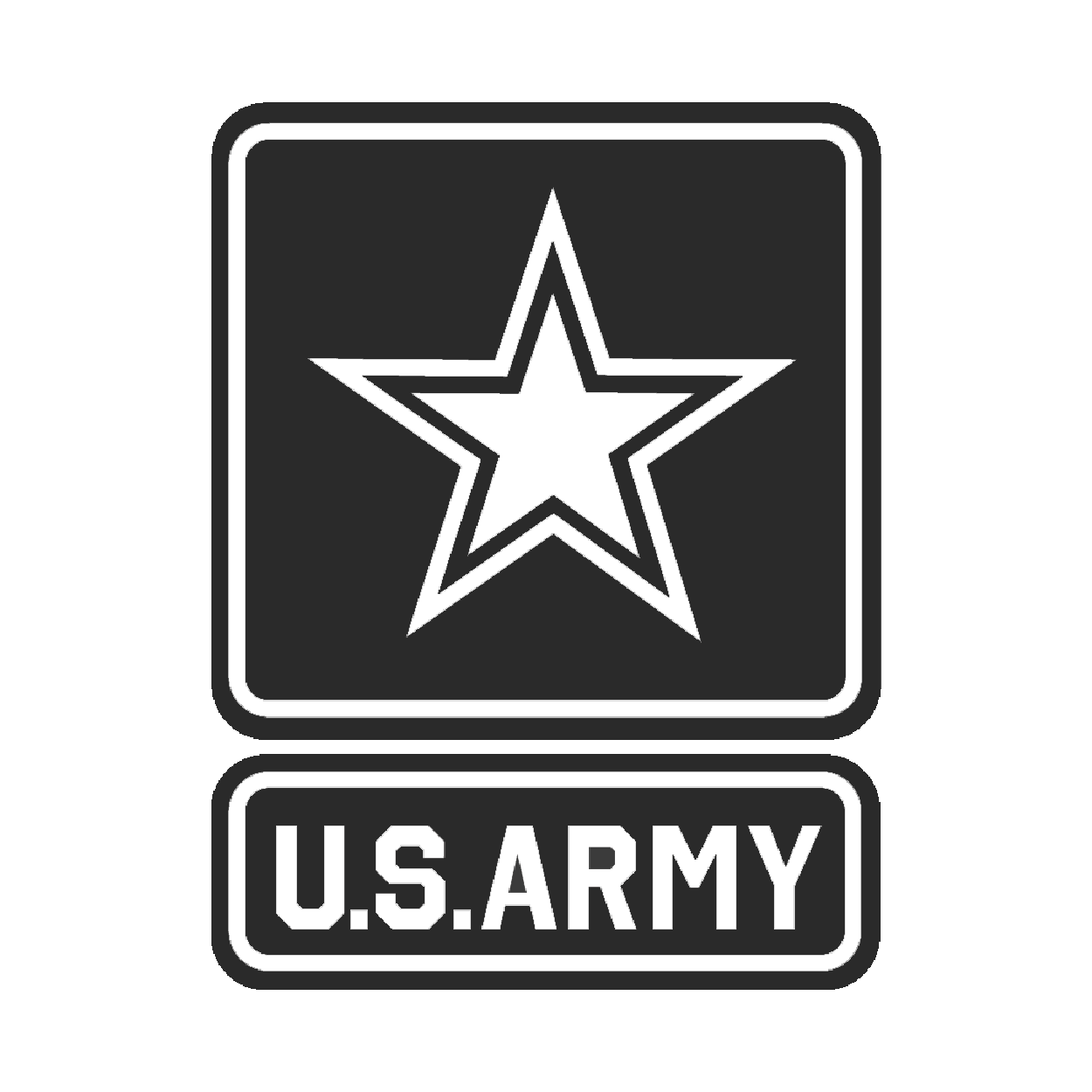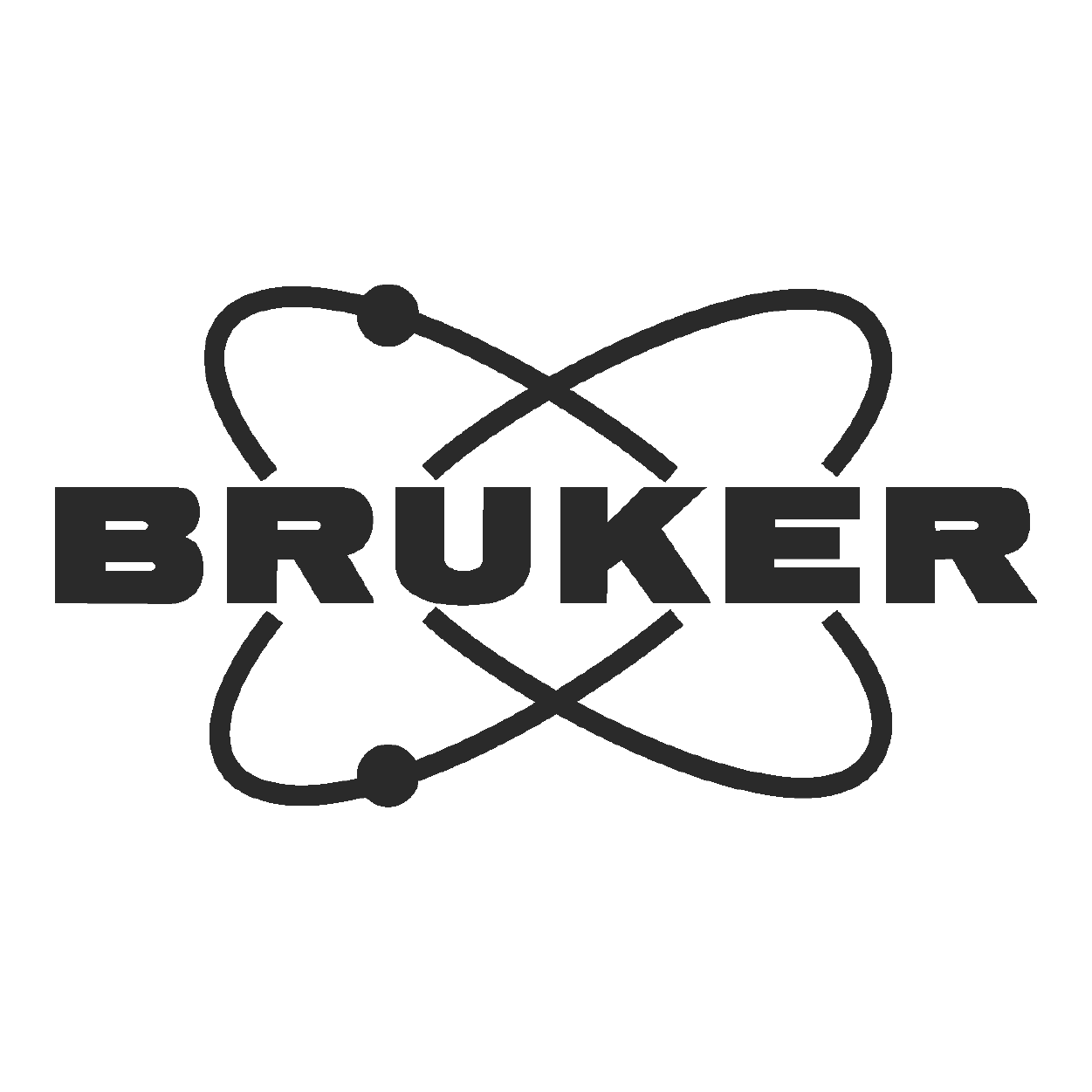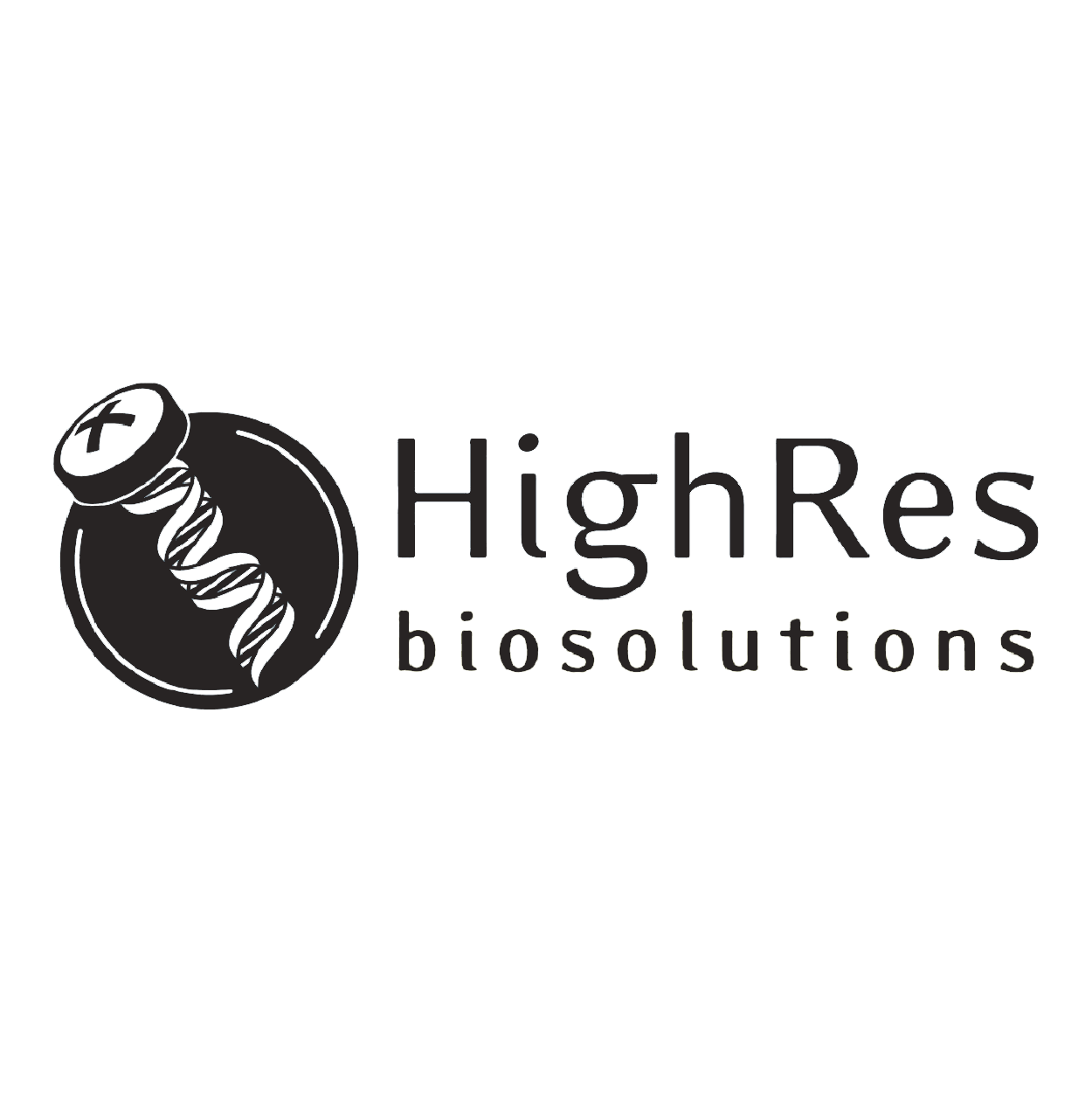Casting Services:
Lost Wax Casting
Our casting services offer the following:
- Accuracy - Including Surface Area
- Quick Lead Times
- No Tooling Required
- Instant and Engineer-Assisted Quotes
- Certifications: ISO 9001:2015, AS9100D, and ITAR
- Instant and Engineer-Assisted Quotes
- Certifications: ISO 9001:2015, AS9100D, and ITAR
-
Instant and
Engineer-Assisted
Quotes - 100+ Materials
-
40+ Surface
Finishes -
Certifications:
ISO 9001:2015,
AS9100D, and ITAR -
In-House Services: 3D Printing,
CNC Machining, Urethane Casting,
and Sheet Metal Fabrication
Our Process is Simple.
Upload a CAD file and request a quote.
Our team will start production.
Once complete, it passes through quality control.
Lastly, our team ships the part(s) to you.
What is wax casting?
Prototek specializes in creating wax castings, also known as lost wax casting, to quickly and cost-effectively produce metal parts. This process is ideal for making multiple metal parts without expensive tooling. Additionally, it is typically used for low-volume requirements ranging from 10 to 50 units. Furthermore, wax casting is suitable for low-volume production applications with high tooling costs and short product life cycles. Moreover, it can be used for high-value, low-volume applications.
How does wax casting work?
Wax casting is a manufacturing process used to create metal objects of varying complexity by casting a mold or pattern made from an original model. At Prototek, we use stereolithography (SLA) to create a pattern for our castings. This process involves using a high-powered laser beam to cure a liquid photopolymer into a solid form. The result is an accurate 3D model of the desired object.
Once the pattern is created, we make an RTV (room temperature vulcanization) mold. The RTV mold is made from a two-part silicone rubber that cures at room temperature. This mold creates a wax casting replica of the original pattern.
To ensure void-free castings, we use vacuum casting technology from Renishaw. This process involves using a vacuum to remove any air pockets in the wax material before it solidifies. The result is a high-quality wax casting that is a near-perfect replica of the original pattern.
Metal parts can be produced from wax casting. The wax casting is coated with a ceramic slurry made from refractory materials and binders. This coating is repeated several times to create a thick shell that can withstand the high temperatures of the casting process. Once the ceramic shell is dry, it is heated to burn out the wax, leaving a hollow ceramic shell behind. The shell is then filled with molten metal, solidifying to form a single metal part.¹
Finally, the ceramic shell is broken after casting, revealing the final part. Any remaining ceramic material is removed through sandblasting, leaving a finished metal part replicating the original pattern.
¹ At Prototek, we create the wax casting; we do not work with molten metal. You’ll have to seek outside assistance for that part of the process.
Advantages
Wax casting has revolutionized the way products are designed and manufactured. The following are a few of the advantages:
- Intricate Details
- Accurate and Consistent
- Low Material Waste
Disadvantages
While there are a lot of advantages to wax casting, there are also some disadvantages to consider:
- Size Limitations
- Voids and Bubbles Can Form (We have a highly skilled team and advanced equipment)
Designing Parts for Casting
Designing parts for lost wax casting involves careful consideration of several factors. The process begins with creating a 3D model of the desired part using CAD software, ensuring accurate dimensions and meeting functional requirements. Subsequently, the model is imported into CAM software, which generates the tool paths needed to create a wax pattern using a CNC machine.
It’s essential to design the part with the casting process in mind, incorporating features like fillets, draft angles, and minimal undercuts to make the wax pattern easy to remove from the mold. Additionally, it’s crucial to include a sprue and gating system to allow molten metal to flow into the mold.
Lastly, the shrinkage rate of wax and the type of metal being used must be considered to select appropriate tolerances for the design. Successful wax casting requires design knowledge, technical expertise, and an understanding of the process.

Wax Casting Finishes
Finishes refer to the surface treatments applied to a wax mold to create a desired texture or appearance. The final finish of a wax mold can significantly impact the product’s overall look and feel. The most common wax casting finishes are high polish, satin, matte, and textured.
High-polish finishes are achieved by buffing the surface of the wax mold until it is smooth and reflective, giving it a shiny, polished appearance. Satin finishes are less reflective and have a soft, brushed appearance. Matte finishes, on the other hand, are non-reflective and have a flat appearance.
Textured finishes can be added to the wax mold to create unique patterns or designs on its surface. This is often done by etching the surface of the wax mold with a specific pattern or texture. Doing so will give the final product a distinctive look and feel.
The choice of finish will depend on the intended use of the wax mold and the desired aesthetic effect. For example, high-polish finishes are often used for jewelry and decorative pieces, while matte finishes are more commonly used for industrial parts. Satin finishes are versatile and can be used for a range of products. Textured finishes are often used to create exclusive and personalized designs.
Why choose Prototek for your next wax casting project?
We’re the perfect choice for your next lost-wax casting project. To begin with, Prototek has a team of skilled experts who can guarantee high-quality and accurate results for each project. Moreover, with over three decades of experience in the industry, Prototek can offer world-class services that exceed your expectations, from design to final quality control. Additionally, we are well-equipped with advanced technology and tools to deliver rapid prototyping and wax casting services at an unbeatable speed. Additionally, Prototek’s immediate prototyping services will help you get your products to market faster, allowing you to stay ahead of the competition. Finally, our prices are competitive, and we are committed to delivering projects on time, making us the perfect partner for your next project.







